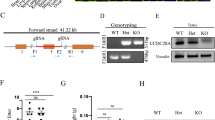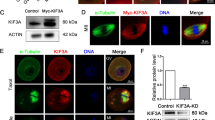Abstract.
Treatment of embryos of the ascidians Boltenia villosa and Cnemidocarpa finmarkiensis and the sea urchin Strongylocentrotus purpuratus with the anti-HSP90 drugs geldanamycin and radicicol caused morphogenetic arrest. All embryonic stages during which obvious morphogenesis was observed were sensitive to treatment, including formation of the sea urchin blastular epithelium. Arrested embryos were viable for many hours to days post-treatment, indicating a low general toxicity of these drugs. Morphogenetic movements including gastrulation and migration (but not ingression) of sea urchin primary and secondary mesenchyme cells were arrested 8–10 h after treatment began. Cell division and developmentally regulated expression of some genes continued after morphogenesis was arrested. Anti-HSP90 drugs cause selective inactivation or degradation of proteins with which the protein chaperone HSP90 interacts. Therefore, morphogenetic arrest subsequent to the disruption of HSP90 function may result from the reduction in concentration, or activity, of client proteins required for morphogenetic movements of cells. The use of these drugs may provide a means to identify novel activities or proteins involved in morphogenesis.
Similar content being viewed by others
Author information
Authors and Affiliations
Additional information
Electronic Publication
Rights and permissions
About this article
Cite this article
Bishop, C.D., Bates, W.R. & Brandhorst, B.P. HSP90 function is required for morphogenesis in ascidian and echinoid embryos. Dev Genes Evol 212, 70–80 (2002). https://doi.org/10.1007/s00427-002-0212-9
Received:
Accepted:
Issue Date:
DOI: https://doi.org/10.1007/s00427-002-0212-9




